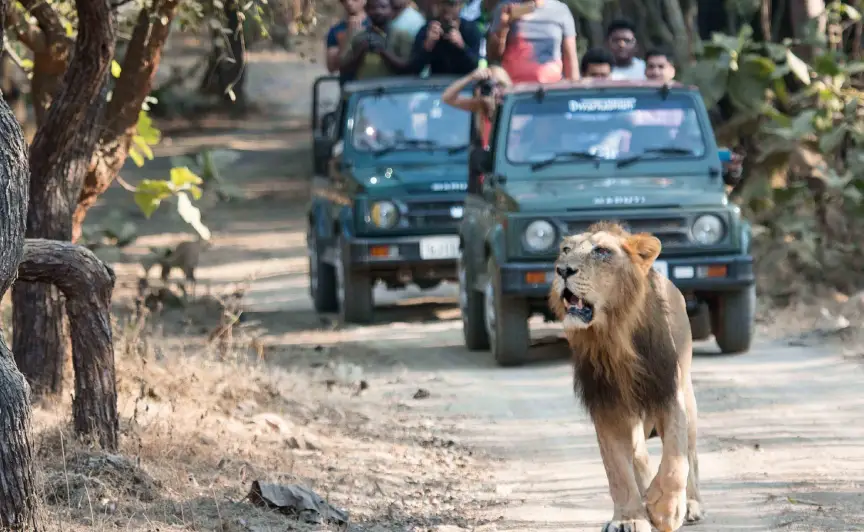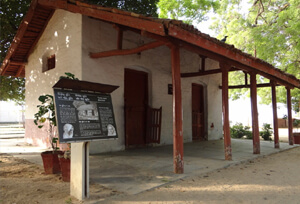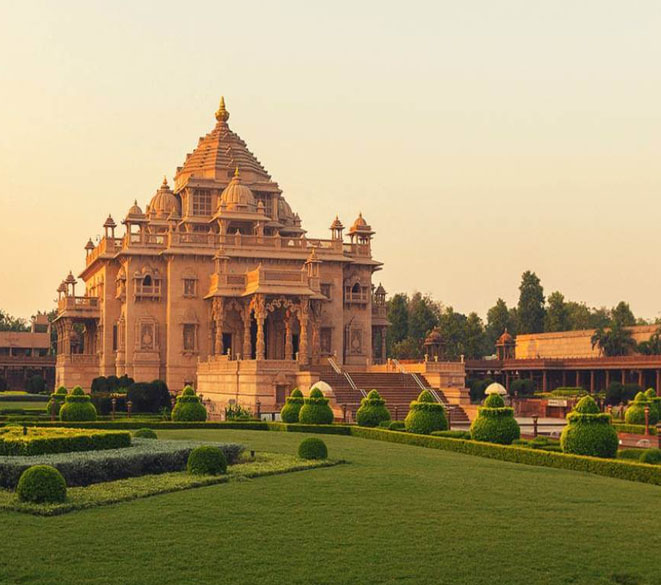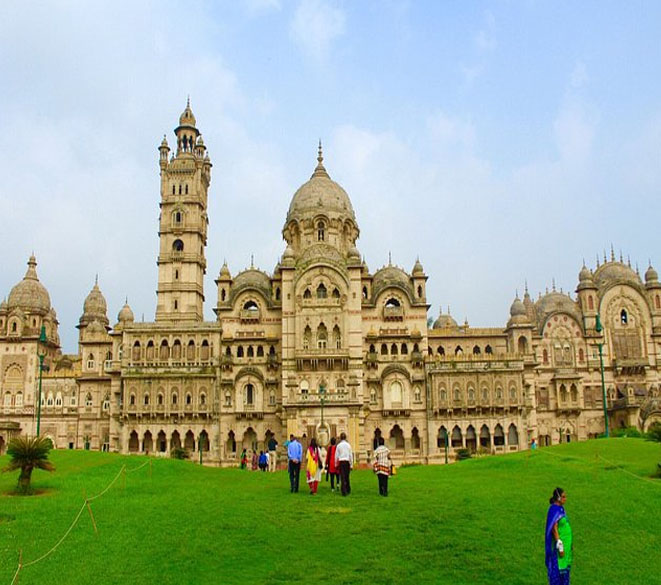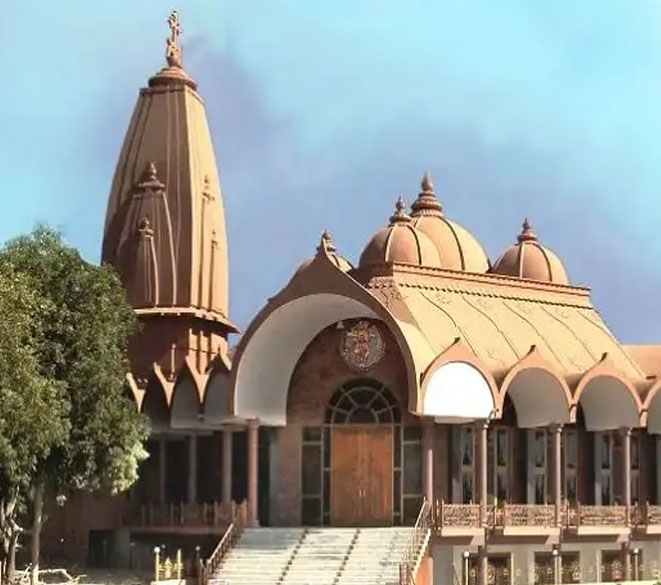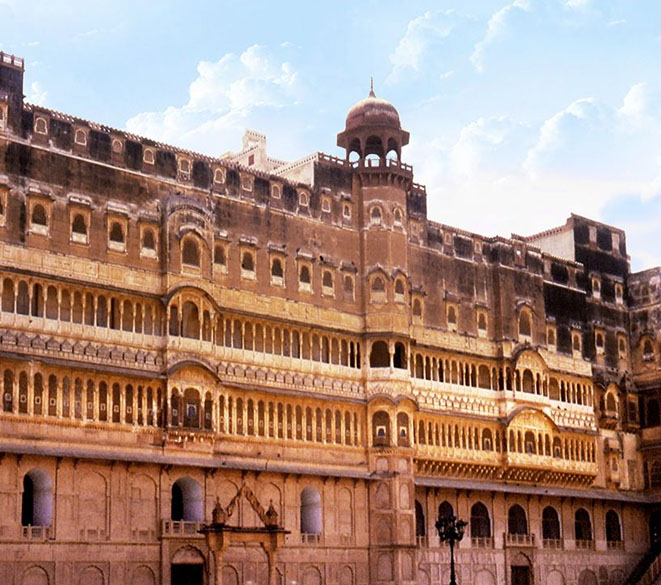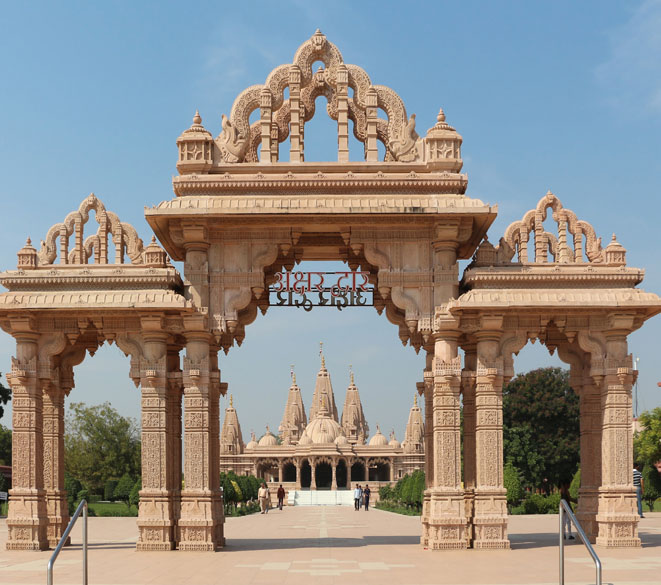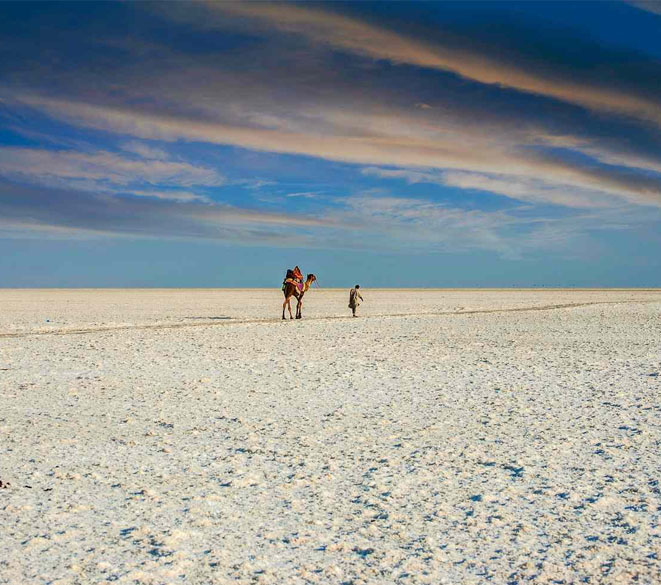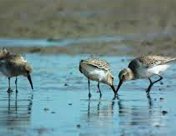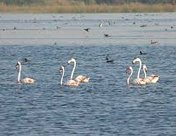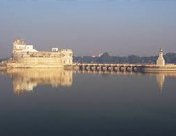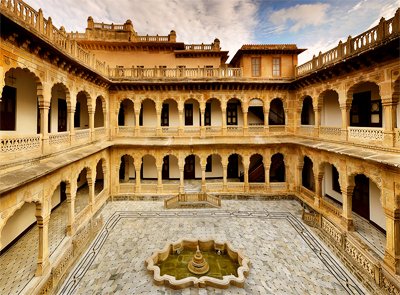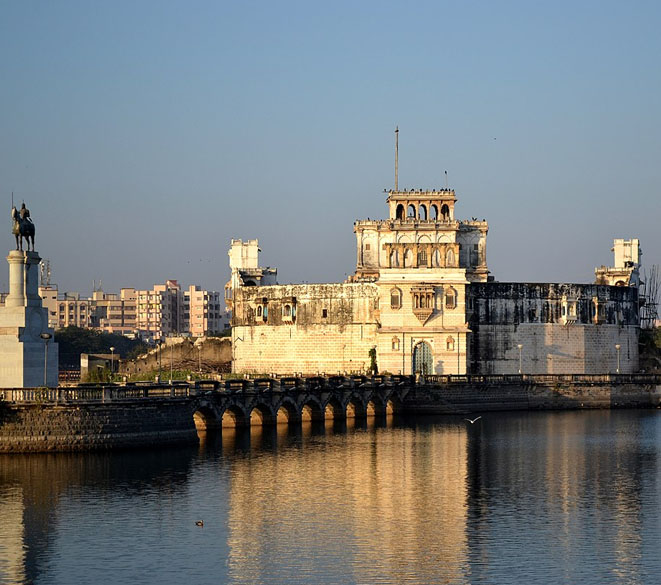
Jamnagar
With exquisite Rajput architecture and pristine coastline, Jamnagar is Gujarat's lesser-known gems.
Architecture
Jamnagar is a mixture of ancient sites and natural beauty, with a healthy dash of breathtaking sites thrown in
Wildlife
A place of eternal beauty, Jamnagar is also an ornithologist's paradise
Best Time to Visit
Oct - Dec & Jan - Mar
Ideal Duration
Visa
Not Required
Known to the world as the Jewel of Kathiawar, Jamnagar is an offbeat tourist holiday destination in Gujarat brimming with the ornate building, pristine coastal region and picturesque lakes.
Located on the coast of Gulf of Kutch, Jamnagar is the largest city on the western region of India. In the heart of the city, there is a fort amidst the lake while the coastal area is covered with an oil refinery, which is largest in the world, beaches and spectacular Marine National Park. With exquisite Rajput architecture and pristine coastline, Jamnagar is Gujarat's lesser-known gems.
Jamnagar (former Nawanagar) came into limelight 444 years ago when it was established on the bank of Nagmatti and Rangmattiriver by the Shri Jam Raval, who is deemed as one of the heirs of Lord Krishna. The city witnessed a major makeover during the rule of KS Ranjit Sinhi, who was also a famous cricketer. Ranjit Sinhi, along with the famous architecture Edward Lutyens, reconstructed the city in European style and made many gardens, lakes and important landmarks like Willingdon Crescent, Pratap Vilas Palace, and Solarium were built under his patronage. After such major uplift, the city started getting the attention of people and was captioned "Jewel of Khathiyawad." Legends even say that Lord Krishna used to stay in this city when he moved out of Mathura.
There are multiple attractions and places to see in Jamnagar but one place that dominates the old city is the Lakhota Fort, the original seat of Jamnagar ruler and Ranmal Lake, which surrounds the fort. Respiratory in the fort showcases finest sculptures from the nearby evacuation sites, dating from 9th to 18th centuries. Within the walking distance from Ranmal lake is the Kotha Bastion, which was once the storehouse of rulers' weapons'.
In the heart of the old city is the circular Darbar Gadh, an area where the rulers of Jamshedpur received members of the general public and heard their grievances. The lanes leading off from Darbar Gadh are worth exploring as one can see people putting together different colours and making the finest Bandhani fabric. In this area, there are two Jain temples, the Shantinath and Adinath temple, entirely covered with mirror, gold leaf, murals and mosaics, one cannot ignore these temples. Close to the temples is the 19th century Ratan Bhai mosque, its doors inlaid with mother-of-pearl.
A place of eternal beauty, Jamnagar is also an ornithologist's paradise.
Jamnagar has a start of the art ecosystem called Khijadiya Bird Sanctuary. This birding paradise houses many avian species like the black-winged kite, brahminy kite, great thick-knee, common greenshank, grey francolin, etc. A major part of Jamshedpur is hugging the Gulf of Kutch. The coastal area of Jamnagar is famed for Marine National Park. Evidently the first marine park in India, this is the only place in India where one can see coral reefs without diving in the water. Sights like pods of dolphin swimming in the water and migratory birds crossing the azure Gulf of Kutch are quite prominent. One can also visit the nearby beaches like Narara beach, Balachadi beach, and Madhi beach to bask in the sun or for long walks.
Making brass utensils, and tie-dye fabrics were the main occupations of Jamnagar people until there was emergence in the refinery sector. Refinery complex owned by Reliance in Jamnagar is the world's largest oil refinery in the world, which on an average 660,000 barrels of crude oil per day. Earlier, Jamnagar was also called 'pearl city' as many as it was a pearl fishing center with one of the biggest pearl fisheries in the world.
Jamnagar is a mixture of ancient sites and natural beauty, with a healthy dash of breathtaking sites thrown in. From lakes to places to gardens to museums, Jamnagar has a lot to offer to tourists.
Our Best Packages
Packages Nearby Cities
Best Time to Visit Jamnagar
Summer season in Jamnagar begins in the month of June; weather remains hot and humid during this time of the year.
On an average, Jamnagar receives the substantial amount of rainfall, which is around 630 millimetres (25 in). Tropical cyclones sometimes affect the region.
Winter is the best time to visit Jamnagar as the weather remains mild and pleasant.


